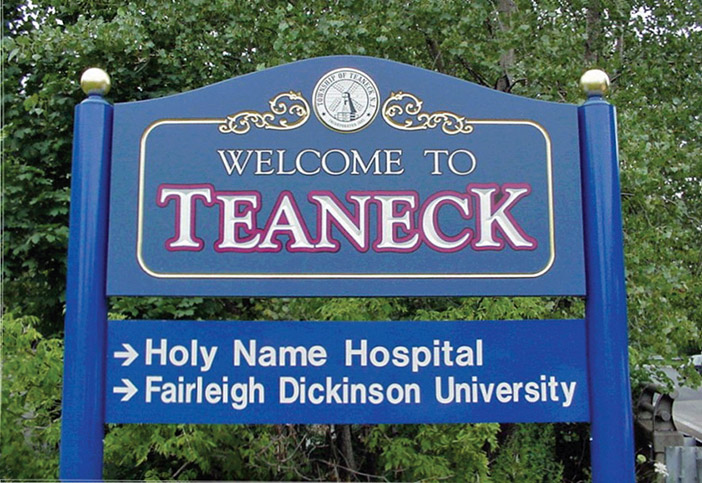
After living out of town for 16 years, my wife and I moved back to Teaneck. Today’s Teaneck is very different from the one we lived in for nine years before our years in Boca Raton. When I walked into a restaurant in Teaneck in 1997, I knew nearly all of the people. It’s just not possible today.
Is life with 20 shuls, seven elementary schools and six high schools better? Even at the smaller shuls (like the one at which I daven), congregants often do not know each other, as there are often multiple Shabbos morning minyanim.
Our yeshiva choices have been impacted greatly by the information age. Unthought of a few years ago, it’s not unusual today to find families enrolling different children in different schools and switching a child’s school when they are unhappy. The much-celebrated death of brand loyalty has touched our religious life.
Our eldest daughter and her husband live in Oakland, California. They have one shul (with 200 families) with one daily morning and evening minyan, and one day school. Every week there’s a sit-down Kiddush (and it’s not a Chabad). There’s one kosher store with fresh, frozen, some prepared foods and a few fresh bakery products. There’s a very wide range of observance.
At a recent Kiddush that was given by a congregant to celebrate his 60th birthday, the honoree shared that he and his wife discussed how they were going to commemorate this milestone, for which they brought their children in from around the globe. They decided that the most meaningful way was to sponsor the sit-down Kiddush lunch at shul. “This shul—this community—is my family,” he explained. How many of us feel this way about our shul or school?
The downside to the convenience of multiple schools and shuls can be the lack of a deep, enriching sense of community. Though there are certainly people in our community who daven in one shul and send all their children to the same school, I personally daven at four different shuls during the course of the week. I live in a neighborhood where shul hopping is not unusual; it’s about convenience (of time and location) and availing oneself of the strengths of each institution.
This lack of community has been compounded by social media and texting. Though I appreciate the ease with which I can keep in touch with old friends and former students, Facebook and WhatsApp aren’t the space for warm and/or complex personal discussions. Statistics show that the 21st-century sense of loneliness and lack of connection is simultaneously motivating a decrease in the teen drinking and teen pregnancy rates while propelling an increase in the teen suicide rate.
Millennials, who are marrying and having children later, are often not connected to a particular shul when they are single and during their early married years living in the city. They (and their shuls) know that they are transients, and are in general not investing time in putting down roots.
The good news is that studies show that millennials are settling down (albeit later) and moving to the suburbs. I see this with both my graduates and with the young families that regularly move into my neighborhood. It makes sense: human nature hasn’t changed, and these families have the same needs (backyards, more bedrooms, playrooms) as those of previous generations. The question is, will they feel connected to a community once they move to the suburbs?
The “shtiebelization of America” also provides challenges to the sense of community. Rabbis in small shuls are part time. They do not necessarily have the time to develop deep relationships with each family. A small shul cannot develop the wide range of programs that a large shul has, and there are families who do not connect spiritually through davening and a Gemara shiur. This is less of a concern for our schools, which are large enough to offer a wide range of extracurriculars and are motivated to keep up with their competitors.
On the other hand, smaller shuls and schools often have tremendous benefits. Each person counts, and everyone has to pitch in and people feel a sense of belonging. The members of a shul in a multiple-synagogue community often are more hashkafically like-minded than those in a large, “one size fits all” shul. Because of these shared values, these smaller shuls can create a consensus around what type of community they want to create.
We have an awesome responsibility to make sure that the families in our schools and shuls feel that they are valued and integral members of our institutions. While Americans today don’t know their neighbors, Orthodoxy offers a sense of belonging, caring and shared mission. Our families and their children will (continue to) opt in to shmirat hamitzvot if they experience this unique warmth and meaningful lifestyle.
By Rabbi Perry Tirschwell
Rabbi Perry Tirschwell is a Teaneck resident and founding executive director of Torah Educators Network (TEN), which brings together yeshiva educators from coast to coast. He invites comments at RPT@toraheducators.net.











